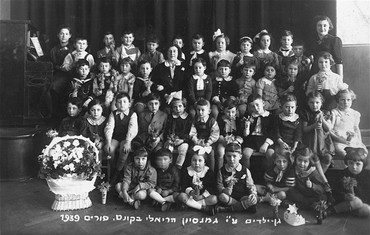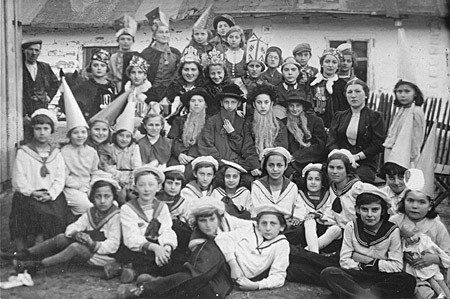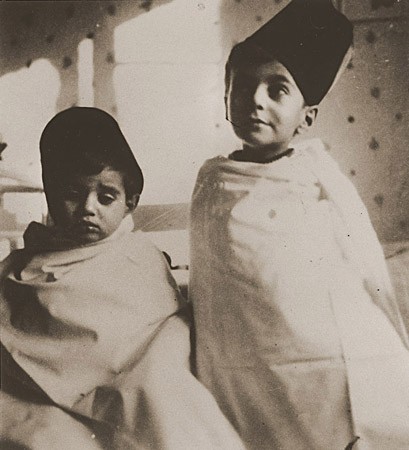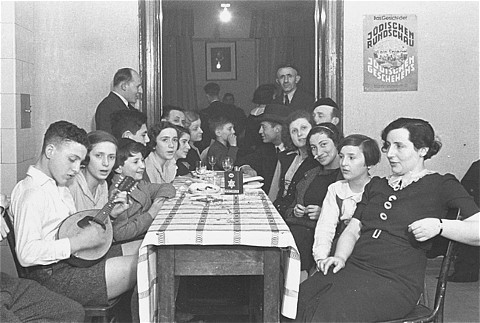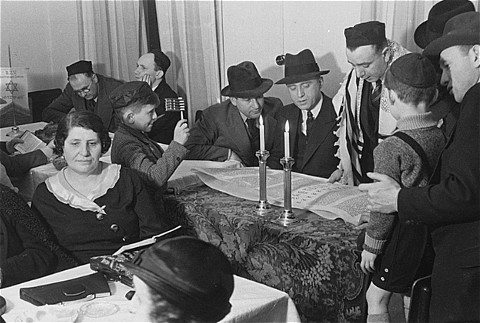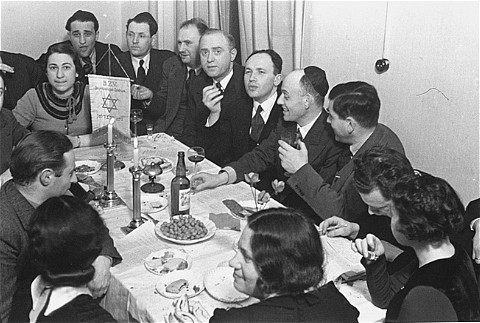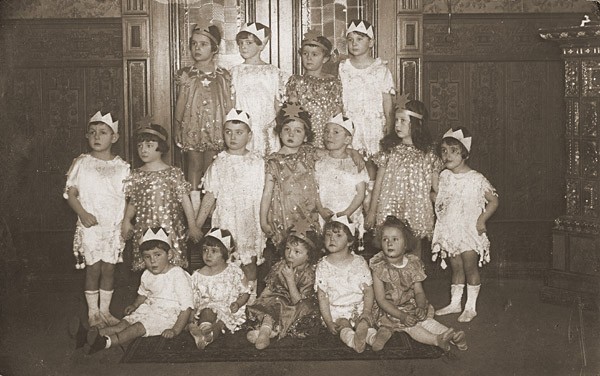
Purim
Purim is a minor Jewish holiday marked by lively and playful traditions. These traditions include a festive meal, gift giving, and dressing up in costume. The Purim celebration is based on a story described in the biblical Book of Esther.
Key Facts
-
1
Purim marks the deliverance of the Jews from a royal death decree in the 5th c. BCE.
-
2
It is a festive holiday celebrated on the fourteenth day of the Hebrew month of Adar.
-
3
On most Jewish holidays, activities such as physical work are not allowed. However, this is not the case on Purim.
Purim is a Jewish holiday marking the deliverance of the Jews from a royal death decree.
According to the Jewish lunar calendar, Purim usually falls during February or March. Purim, the Hebrew word meaning lots, is named for the lots that Haman cast in order to determine the day on which he would kill the Jews. The mood of the holiday is lively and playful, celebrating the near escape from death.
Background
As recounted in the biblical Book of Esther, Haman, advisor to Persian king Ahashverosh (probably Xerxes, reigned 486-465 BCE), was infuriated that Mordechai, a Jew, refused to bow down before him. He plotted against the Jews and received an edict from the king ordering their destruction. The king did not realize that his own wife, Queen Esther, was herself a Jew. Following Esther's intervention, the King revoked the edict and had Haman and his sons hanged on the very gallows that they had prepared for the Jews.
The holiday of Purim is celebrated on the fourteenth day of the Hebrew month of Adar to commemorate this victory. Like Passover, Purim is a holiday of redemption. But aside from the Song of Songs, the Book of Esther is the only biblical book with no mention of God. The heroes of this story are human.
Purim is a relatively minor festival and many activities (such as riding in a vehicle, handling money, and physical labor) prohibited on most Jewish holidays are permitted on Purim.
Reading of the Megillah
All Jews, men and women, young and old, are commanded to hear the reading of the megillah, the parchment scroll on which the biblical Book of Esther is handwritten by a trained scribe. The scroll is read out loud twice in the synagogue, once on the eve of the holiday and again the following morning. It is also customary to make noise with rattles or other noisemakers called groggers (Yiddish) whenever Haman's name is mentioned during the reading in order to “erase” or “drown-out” his name. This custom probably originated in thirteenth-century European Jewish communities. The megillah is often recited in a playful manner using humorous voices and satirical melodies.
Feasting and Rejoicing
Feasting and rejoicing are central components of the holiday. Hamantashen, triangular cookies filled with poppy seed or fruit, are one of the best known foods associated with Purim in east European Jewish communities. The tri-corner shape of the cookies is said to represent Haman's hat. Italian Jews enjoy fried pastries called "orecchi di Aman" (Haman's ears) flavored with lemon rind, vanilla, and rum, as well as "castagnole di Purim" (Purim firecrackers) made with anise and brandy. Some German Jews bake gingerbread for the holiday.
Rejoicing is observed by dressing up in costume, often as characters from the Purim story. This masquerade emphasizes the reversals and deceptions that are woven throughout the tale. The rabbis even allowed men to dress like woman and vice versa, and to dress as Gentile figures (like Haman), normally prohibited. Costumes also reflect the various disguises adopted by characters in the Purim story itself.
Another act of rejoicing is to drink alcohol until one is unable to distinguish between the phrases “cursed is Haman” and “blessed is Mordechai.” The basis for this custom is found in the prominent role that wine plays throughout the Purim story. Vashti, the king's first wife, is removed as queen because of the king's drunkenness, paving the way for Esther to become queen instead. In the end, Haman's downfall also takes place at a wine feast hosted by the King.
Gift Giving
Other traditional Purim observances include matanot la'evyonim (the giving of money to the poor) and mishloah manot (literally, the sending of portions). Sharing one's own possessions increases the joy of the day and is specifically prescribed in the Book of Esther ("They were to observe them as days of feasting and gladness, and as a time for sending gifts to one another and presents to the poor" Esther 9:22). This custom involves giving family and friends gifts that include at least two edible items, usually fruit or sweets, in order to help them celebrate Purim.
Banquet
Finally, other central components of the Purim celebration are the se'udah or banquet, a festive meal with plentiful food and drink, masquerades, and Purim plays (known in Yiddish as Purim-shpiln). These humorous performances often employ parodies of traditional religious texts and other satirical skits.
Critical Thinking Questions
- Learn about the history of the Jewish community in your country.


